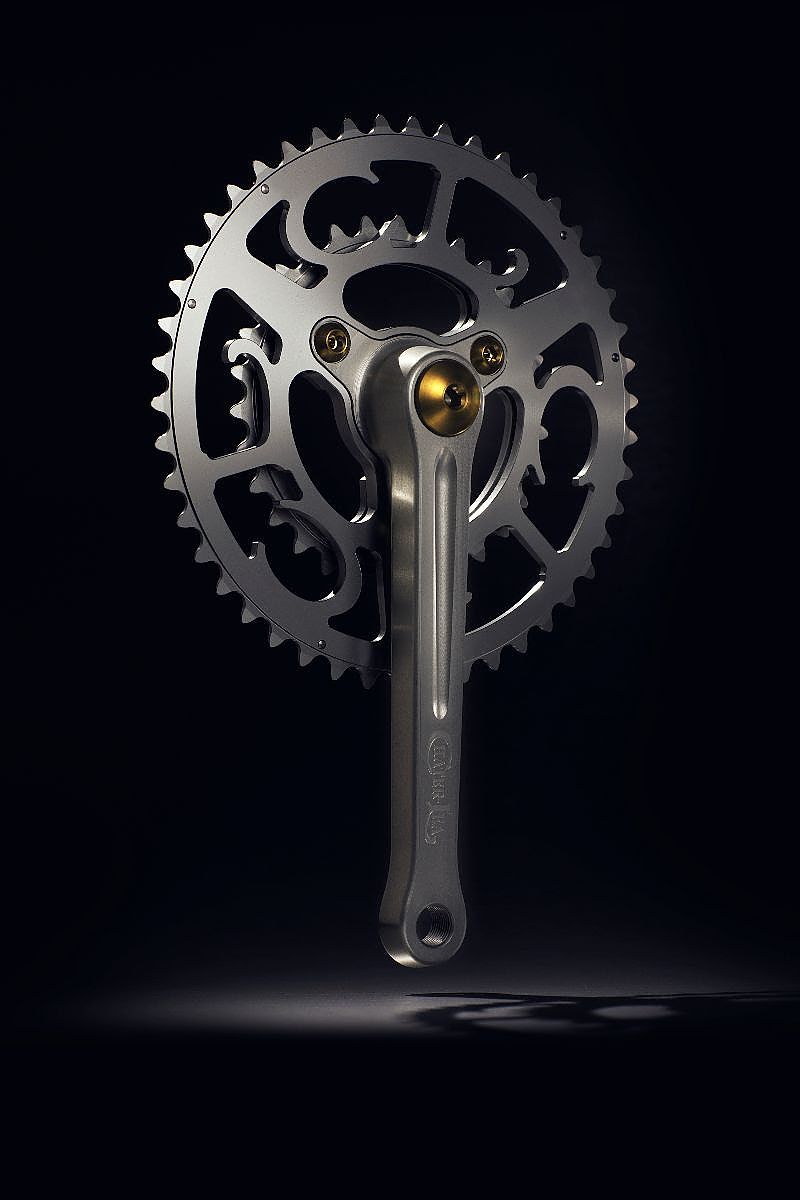A few years ago, Andy Richman resurrected a classic name in British cycling: Chater-Lea. It had shuttered its factory and offices three decades earlier.
From 1890 until its demise, the company made components and frame fittings that were, arguably, of superior quality to anything else made. Indeed, when Richman persuaded the owner of Condor cycles to sell him a 1948 Condor frame, the owner remarked, "You do know there's only one set of components worthy of going on this bike? Chater-Lea."
That meant, among other things, that their stuff wasn't cheap. Lower-priced imports, along with the rise of the motorcar, helped to fuel the company's decline. Also, as well-made as their products were, late in their history, they didn't keep up with changes in the cycling world. For example, they never produced a cotterless chainset (what the Brits call a "crankset") or bottom bracket and clipless pedals would displace high-end traditional cage or platform pedals on the kinds of bikes that would have been adorned with Chater-Lea stuff.
But Ron Kitching, whose catalogues were eagerly awaited by cycling enthusiasts for decades, blamed the company's demise on another factor: By the 1960's Raleigh had achieved a near-monopoly on the British cycle industry, which allowed it to force down suppliers' prices and put many out of business.
I am glad Richman decided to resurrect a part of cycling history, albeit with somewhat updated designs and superior materials. In keeping with one of the company's traditions, the new Chater-Lea parts have their own distinctive looks, just as the old stuff did.
Notice the "CL" embedded within the pattern. It's kind of funny that people pay insane amounts of money to wear a designer's initials (or waste their money on knock-offs that begin to fall apart the moment they've paid for it). But somehow I wouldn't mind bearing the monogram of Chater-Lea if I were riding a bike with its equipment.


